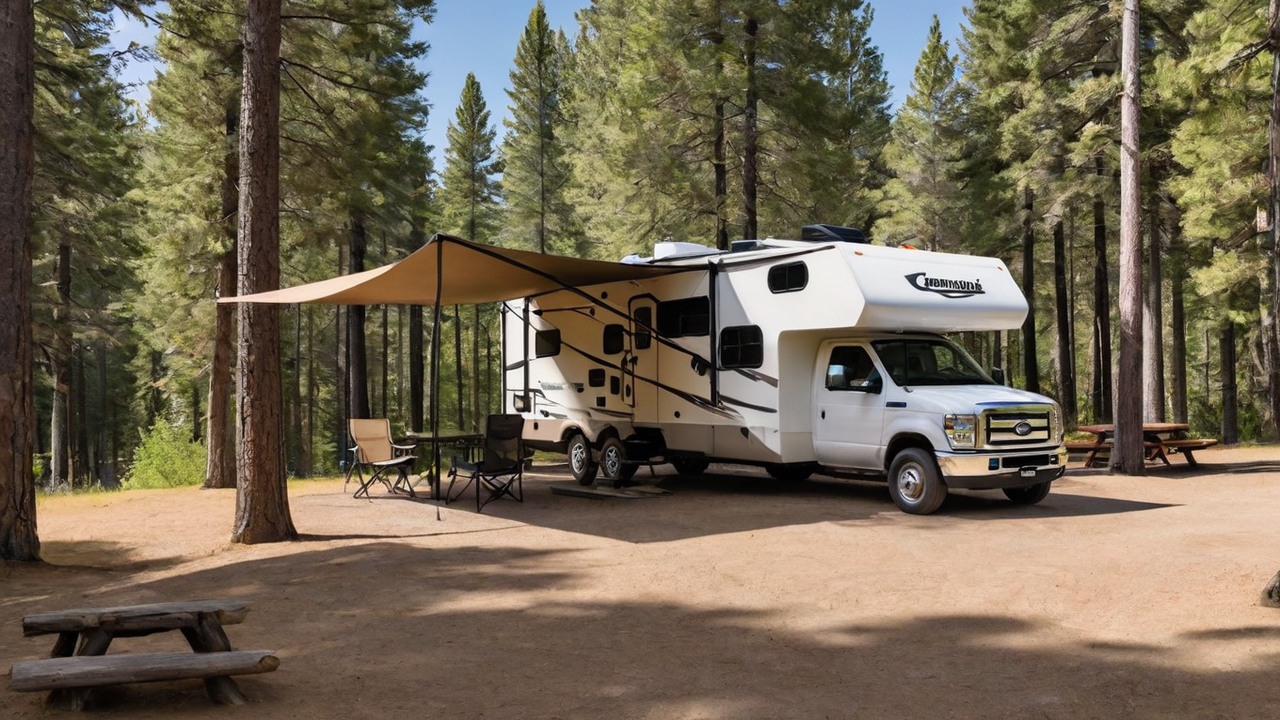
Comprehending Your Users
Understanding who the target users is vital in creating an effective user's interface. It is important to take into account their necessities, preferences, and technology savviness. Such knowledge guides every design choice, ensuring that your program is accessible and intuitive.
Knowing your users also implies recognizing the obstacles and how they intend to use your campground software. It enables the designers to tailor features and capabilities that meet specific needs, therefore making the application not only useful but also essential.
Simplifying the Navigation System
Streamlining the navigation system is a key element of user interface designing. An straightforward menu system guarantees visitors can easily locate what they're looking for, minimizing frustration and enhancing user satisfaction. It's about making the journey inside the app as seamless as possible.
Moreover, a well-designed navigation guides users throughout the software, emphasizing features and capabilities that they might otherwise miss. This an strategy not only boosts usability but also promotes deeper engagement with the campground software's full range of capabilities.
Integrating High Quality Visuals
Graphics play an vital role in making a appealing UI. They aid in breaking up text and can convey functions more efficiently than words alone. Selecting the appropriate images, icons, and color schemes can improve the overall aesthetic of the application, thereby making it more appealing to your eye.
Moreover, a consistent visual style is for creating a strong brand identity and trust among your users. Each element must be in alignment with the brand's principles and the overall message of your application, creating a seamless user experience that is both polished and welcoming.
Enhancing the Responsiveness
In today’s digital world, people demand campground software to be fully responsive on every devices, from desktops to mobile phones. An adaptive design guarantees that no matter of what device size, your application delivers an optimal user experience. It not only improves usability but also caters to your users’ mobile lifestyle.
Moreover, enhancing your software’s responsiveness can also lead in improved speed, minimizing load times and preventing frustration. Visitors value a speedy and efficient experience when using camping applications, making performance a crucial component in user satisfaction.
Optimizing the Search
Locating info quickly is key in any software, particularly in campground software systems. Enhancing the search functionality enables users to quickly discover exactly what they're looking for, which enhances user satisfaction and productivity. Through advanced search capabilities, you minimize user frustration and boost general satisfaction.
Furthermore, complex search features like filters and tags can assist in narrowing down results, making it search process more effective. Introducing these features shows an understanding of the users' needs and a commitment to enhancing the user’s interaction with your campground system as seamless and effective as possible.
Focusing on Security
Security is non-negotiable when coming to developing campground software. Users need to feel safe when entering their personal information. Ensuring strong security protocols not only secures their information but likewise builds a sense of trust between your customer and your company.
In addition to standard protections like strong passwords and data encryption, it's important to consider integrating sophisticated options such as two-factor authentication or biometric security verification. These features provide an extra layer of protection, further ensuring that customer information is held secure from unwanted access.
Utilizing User Feedback
Gathering feedback is essential for ongoing improvement of any campground program. It enables the developers to see what is working, what doesn’t work, and how their application can be enhanced to better meet the user’s expectations. Actively seeking this type of feedback establishes an open dialogue between the users and the team, making them feel they are a part of your software’s evolution.
Using this feedback wisely can result in tangible improvements in user interface design and overall user experience. Making changes based on user input proves that your brand cares about its users and is committed to providing a high-quality product.
Keeping the Simplicity
In the realm of UI design, the principle of simplicity is golden. A overly complicated interface can confuse the users, resulting in a unpleasant user experience. Simplicity, on the other hand, helps your software more intuitive and user-friendly. It encourages greater user engagement and satisfaction.
Moreover, keeping the simplicity should extend to the content and functionality. Avoiding unneeded features that don’t add real value can help ensure that the interface remains clean and focuses on meeting the core needs of your users. By doing so, you can craft a more efficient free campground management software UX that appeals with the target audience.